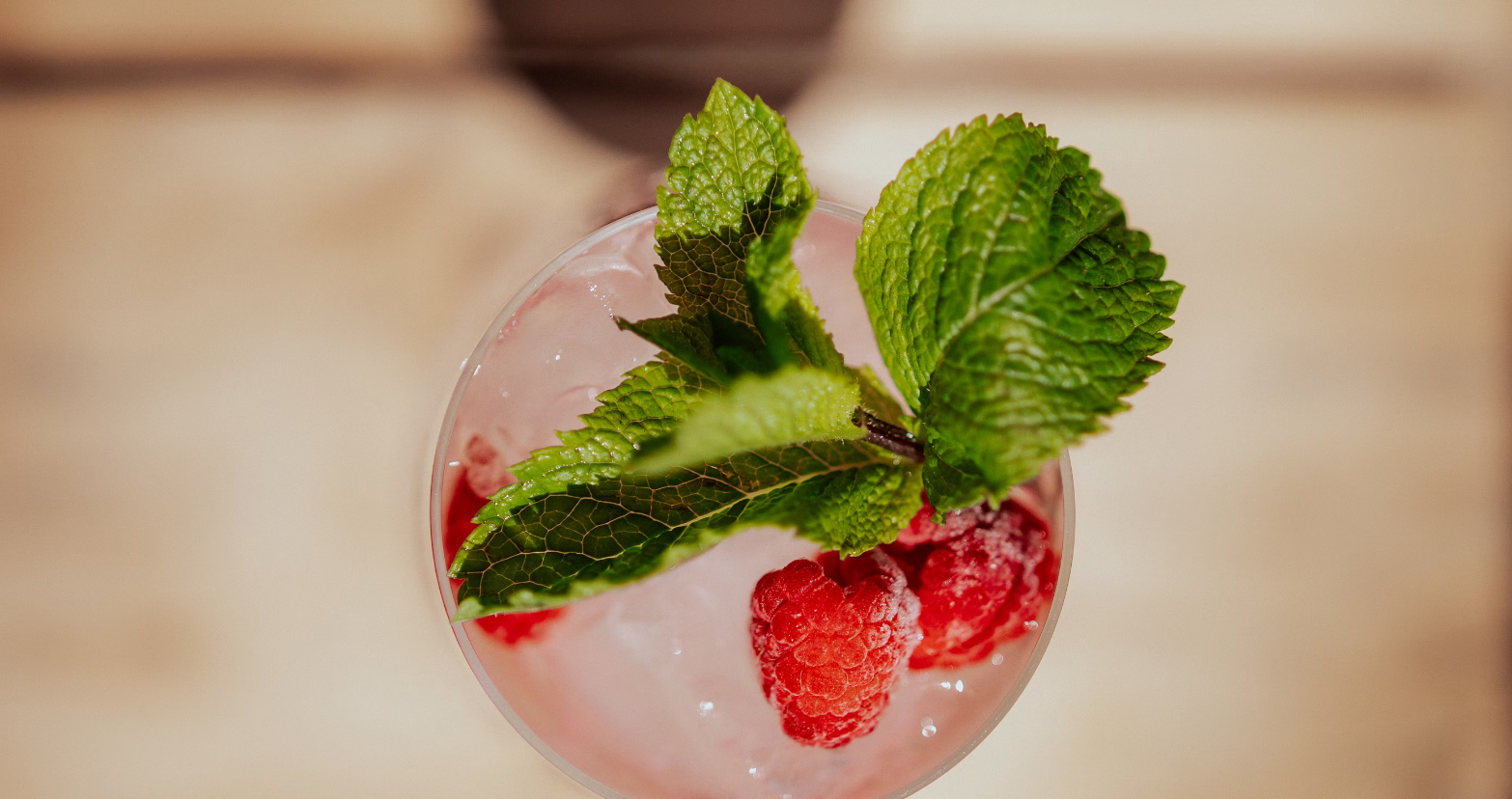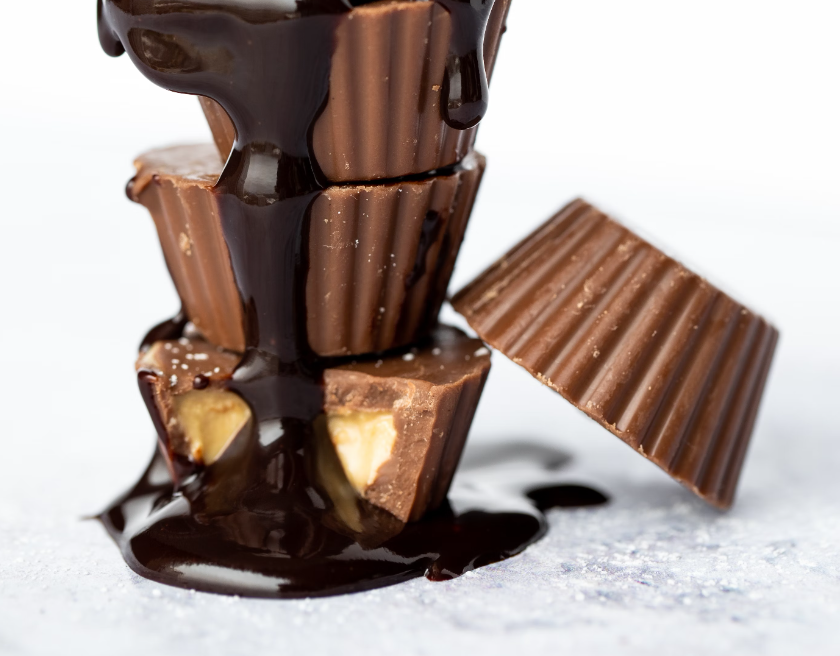The term "essential" originates from the Greek word "ether," while alchemists coined the phrase "quinta essentia" to describe these oils, highlighting their significance as the fifth essence alongside the four classical elements: earth, air, water, fire. Essential oils represent the purest essence of plants, embodying their life force and energy.
Essential oils, volatile aromatic liquids extracted from various plant parts, hold a myriad of unique properties. They are not merely fragrant substances but reservoirs of botanical power.
The Multifaceted Nature of Scents
Scents serve diverse purposes:
- Memory Triggers: They evoke memories and emotions.
- Attraction: They play a role in mating and reproductive behaviors.
- Pest Repellents: Certain scents deter pests, safeguarding crops.
- Antimicrobial Properties: They offer protection against pathogens.
- Thermal Regulation: Scents can mitigate the effects of heat or cold.
- Microclimate Creation: They establish unique environmental pockets, like the ambiance set by incense or roses.
- Energy Balance: Scents contribute to balancing energy levels and emotions, enhancing overall well-being.
The Mechanism of Scent Perception
Scents interact with us in profound ways:
- Absorption and Transmission: Essential oils are absorbed through inhalation, massage, or bathing, sending signals to the brain to influence the body, mind, and soul.
- Holistic Support: These oils aid in addressing physical and psychological imbalances, offering relief from stress, promoting harmony, and nurturing both body and spirit.
While potent, essential oils should be diluted in carrier oils to ensure safe usage, especially for therapeutic purposes.
Scents: Gateways to Emotions
Our inability to fully articulate scents stems from their deep-seated connection to our emotions and memories. Encoded in the limbic system, the oldest part of the brain, scents evoke powerful responses and contribute to our overall well-being.
Harnessing the emotional resonance of scents, aromatherapy can effectively address a range of emotional states, from anxiety and melancholy to relaxation and concentration, thereby promoting holistic healing.
Methods of Extraction
Various techniques are employed to extract essential oils:
- Steam Distillation: Gentle and common, steam distillation extracts oils from plant materials.
- Cold Pressing: This method, used for citrus peels, preserves oil integrity without heat.
- The Absolute Method: Ideal for delicate flowers, it employs solvents to extract oils.
- Co-Distillation: Supplemental method for plants with low oil yield, using carrier plants.
- Hydrosols: Valuable by-products of steam distillation, retaining water-soluble components for aromatic applications.
Utilization of Essential Oils
Essential oils find applications in various domains:
- Skincare: Blending with nurturing base oils enhances skin care regimens, offering tailored solutions.
- Aromatherapy: Inhalation or topical application aids in alleviating discomfort and enhancing well-being.
- Bathing: Infuse baths with oils for a luxurious sensory experience, using emulsifiers for safe dispersion.
- Room Sprays: Create personalized atmospheres for relaxation or focus, promoting a positive ambiance.
- Scent Blends: Tailor-made blends foster well-being, diffusing through spaces for a personalized aura.
- Roll-Ons: Convenient for on-the-go use, offering instant aromatic benefits wherever you are.
- Aroma Kitchen: Elevate culinary experiences by incorporating oils into cooking and beverages for unique flavors.
Would you like to see our projects? Here is our portfolio!










